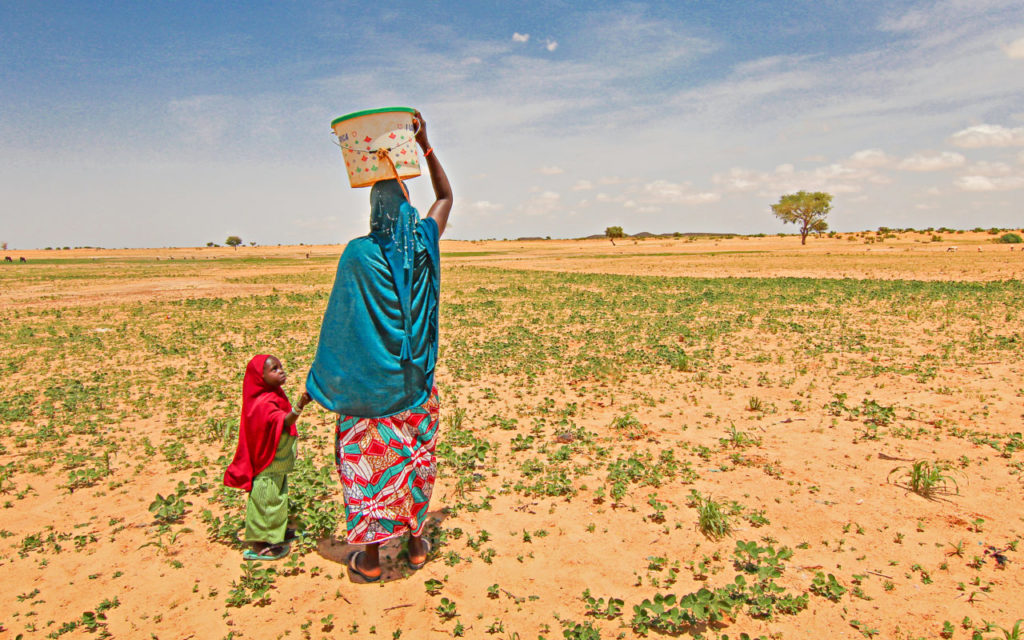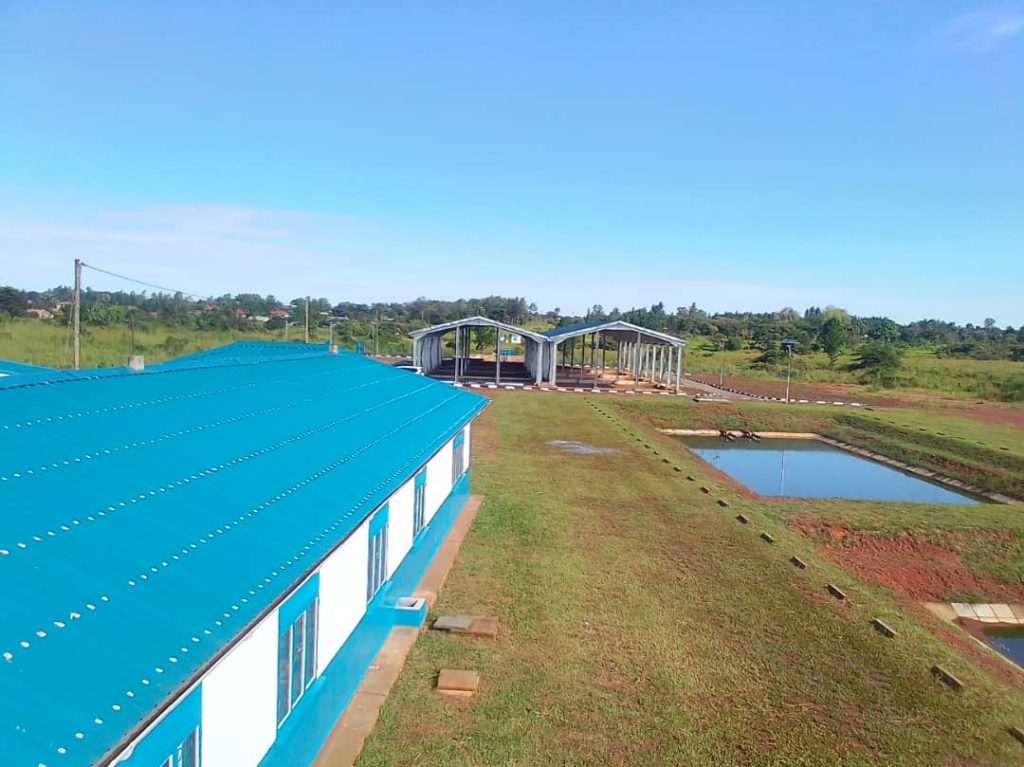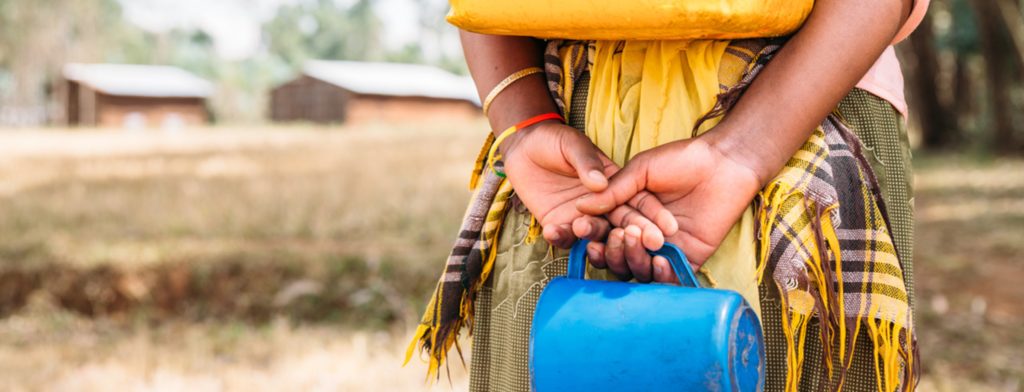
Water or more precisely, the water crisis has been contextualized as a political, economic, health and in this article, as a woman’s issue. If you went to primary school in Africa, it is likely that you have participated in the divisive class debate that is, “Water is better than fire.” The proposition to this debate argued for the indispensable role of water in sustaining life as we know it; cooking our food, cleaning, feeding our animals, floating our ships and being a major component of our body physiology.
The importance of water as listed above does not lean towards a particular gender because male or female, we all cannot live without water. Why then, can water be accurately conceptualized as a woman’s issue?
In the upbringing of girls, their role is stipulated first and most importantly as caretakers: managing the home, caring for the children and everyone else in the household. Women are therefore obligated to locate the resources necessary and avail them to the home.
Water as a utility is distributed by a government agency or a private company sub-contracted by the government. The same agencies are responsible for exploring new natural sources to develop them for exploitation. The reach of this infrastructure across the country determines the access by the users. As earlier mentioned, availing resources of home maintenance is incumbent upon women and therefore in the absence of government infrastructure, it falls to them to find water at whatever the cost. Sometimes this cost is long distances to a communal unprotected water source, sometimes it is sharing an outlet with several other families, paying for the water per container filled which is often unaffordable to most of these women. Examining cases such as Isingiro district in Uganda, where underground tank technology has in part solved the challenge of access and remains the only source of water for most of the district population, the challenge of water safety becomes predominant. Dirty water doubles the time required to do home maintenance tasks because the water must first be purified for use whereas the water out of our facets is pre-treated for use. This time inefficiency as a result means that many young girls are pulled out of school to help their mothers satisfy their families water needs. In the occasion where the girls can stay in school, they often must skip critical hours of school in the morning and late afternoon to get to the water sources early to get the best of the water at the distant and overcrowded sources of water. This hindrance to girls’ education feeds directly into a cycle of female poverty which in turn leads to a perpetual life of water inequality for women.


As if it isn’t bad enough that access to water is a challenge, water obtained by women in areas experiencing a water crisis is often dirty and contaminated, leading to diseases some of which like Diarrhea, make it to the top three (3) leading causes of infant mortality. This steals health and productive time from women because if they do not become ill themselves, then they will be required to take care of those that may get sick.
The safety of women as they obtain this water is also a factor contributing to water being a woman’s issue. Many women in a rural setting and poor urban setting can trace their first sexual encounter to a time they had to go out to get water. Parents are unable to protect their children from sexual predators without the acknowledgement of the fact that assistance in obtaining water is a necessity. The trade-off therefore is made between risking the safety of girls and the necessity of water.
According to the world bank, women make up 76% of the workforce for agriculture in Uganda, predominantly as subsistence farmers, contributing to the national food basket. Agriculture is also a major and often the only income stream for many rurally located families where the work of growing the food is a woman’s duty. Access to water is vital for irrigation and post production activities to prepare produce for the home and market throughout the year. Water inequality therefore adds disadvantage to these women, restraining their prospects for economic independence and food security,
It suffices to say therefore that every intervention by government or non-state actors to alleviate gender inequality, poverty and disease prevalence must consider access to clean water as a fundamental pillar to the achievement of their goal. A girls’ education program fails if the girls cannot get to school because they are fetching water, wealth creation programs fail where there’s no access to water for smart agriculture, disease prevails where hospitals are overrun with water-borne diseases and caretakers that cannot afford to pay for health care. Water is a woman’s issue and women being the glue that holds society together, then this plight affects them most severely but the ripples of this injustice from them will continue to send shock waves into anything society attempts to build without solving this challenge.
Written by: Raymond Musinguzi


